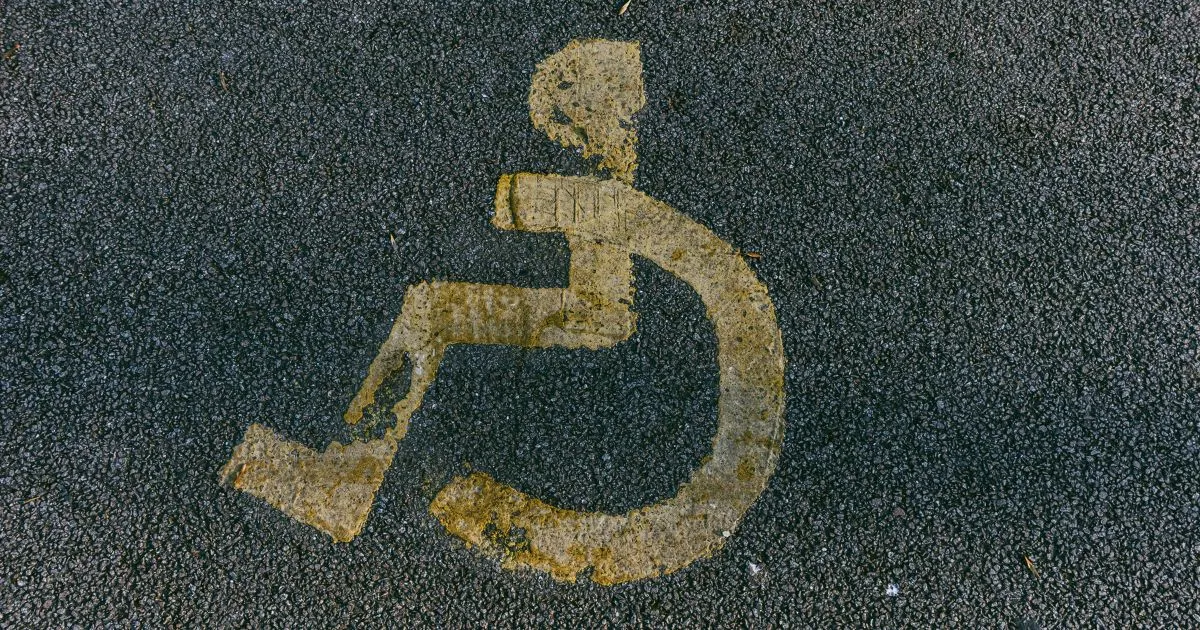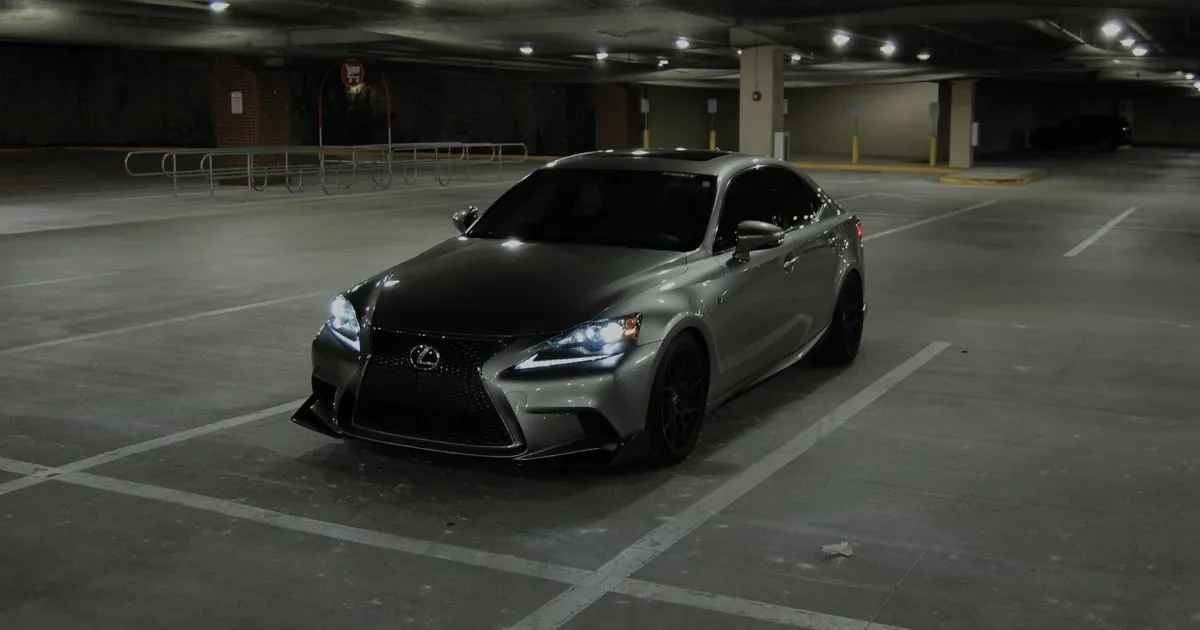Disability Parking: Qualification And Permits

Did you know you get free membership? See here: free concessions.
Disability parking places, permits, and regulations are difficult to comprehend and follow. And as a result, people frequently have questions or lack complete information regarding who has access to these locations, when, and how. We're here to address some of the most often-asked issues about operating a vehicle with a disability parking permit to reduce confusion (DPP).
The disability parking permits themselves must be addressed first because they enable disability parking (also known as accessible parking) and are a major source of misunderstanding.
People frequently believe that obtaining a permit is simple and that many Australians take advantage of the system by doing so. However, if you start looking into getting a DPP, you'll see that applying for one is far from simple. Read our post on how to receive a disability parking permit for additional details on the procedure.
Additionally, the regulations may vary across Australia, which only makes matters more confusing. There are many issues to consider, but once you have the necessary knowledge, you will be able to use your permission effectively.

What is the Australian Disability Parking Scheme (ADPS)?
An Australian Disability Parking Permit is part of the national-recognized Australian Disability Parking Scheme (ADPS). Additionally, it provides uniform nationwide eligibility standards and national minimum parking discounts to help remove obstacles for permit holders who travel across states. The management of the ADPS is the responsibility of the State and Territory Governments.
The appropriate State or Territory government should be contacted with any questions you may have about permit applications, costs, eligibility, and usage.
In most public parking areas where a sign or meter displays a certain time limit, permit holders can park as normal in places designated for them and display the International Symbol of Access. Only when the permit holder is being transported by the vehicle may permits be used. The permit number and expiration date must be prominently displayed such that they may be seen from the outside of the vehicle.
Who is eligible for a Disability Parking Permit?
Do you meet the requirements for a federal Disability Parking Permit? Under the Australian Disability Parking Scheme, not everyone is eligible for one. The following are the general eligibility requirements:
• A Disability Parking Permit is available to those who have a disability that limits their movement.
• Individuals or organizations that support people with disabilities can hold permits.
• Before you apply, it's vital to verify the state or territory government website because the precise requirements for qualifying impairments vary from one jurisdiction to the next.
• For instance, residents of the ACT who possess a Centrelink pension card with the designation "blind" can apply for a permit without seeing a physician.
• In contrast, Queensland residents who are blind are not qualified for a permit unless they also have a condition that significantly limits their movement.
• Disability parking permits can only be utilized when the permit holder is either the driver or a passenger in the car.
• The permission must be visibly displayed, together with its number and expiration date.
For example, the Queensland Government mentions that if you live in Queensland and one of the following applies to you, you may apply for an Australian disability parking permit:
• limited mobility: unable to walk and need to always use a wheelchair, or a temporary medical ailment or handicap that will keep you from walking for six months or longer, as determined by your doctor, or a permanent medical condition that makes it difficult for you to walk.
• distorted vision: your condition is described as "legally blind". This covers both temporary (for a period of six months or longer) and a permanent basis.
Unless you have a qualified mobility or eyesight impairment, an intellectual, psychological, cognitive, or sensory impairment by itself does not meet the eligibility requirements.

How to apply for a Disability Parking Permit?
Now, that we discussed the eligibility requirements for applying for a Disability Parking Permit, we will briefly explain the process of applying.
The three varieties of DPP available today are Individual, Temporary, and Organizational. These took the place of the formerly available more than 100 different types of permits. They were developed with enhanced security measures to prevent fraudulent usage and facilitate interstate travel for permit holders. The Australian Disability Parking Permit is now accepted across the country.
The eligibility requirements for obtaining a disability parking permit have become more uniform across the country according to more recent regulations. As a result, it is now harder for persons who don't actually need one to get one approved. A DPP is very difficult to obtain because there are numerous barriers to overcome.
How can you obtain a disability parking permit if you believe you are eligible? Once more, the disabled parking permit procedure varies somewhat depending on your state or territory. Additionally, consider if you want a temporary or permanent disabled parking permit.
The steps generally all have the same structure, though:
1. Fill out the application form.
2. Consult a doctor to determine if they concur that you should obtain a disability parking permit. If they do, they often have to fill out a section of the application form to specify and support the medical justifications for your need for the permit. They might have to provide paperwork outlining your disease and how it affects your mobility.
3. A letter from your occupational therapist may also be required by some GPs.
4. Apply at the issuing authority's offices.
5. You must include supporting documentation, such as identification documentation, in addition to your application. A Centrelink disability pension card, a letter or letters of support, a letter of photo exemption, etc. may also be required.
6. Once accepted, you might or might not have to pay for a permit. Once more, that is based on your state or area.

**About the Author:** Daniel Battaglia is the Founder and Chief Executive Officer at Parking Made Easy. Daniel has been working in the parking and urban mobility sector since 2012. With a passion for simplifying parking and helping people save money and time, Daniel provides expert insights into the benefits of finding, booking and renting car parking spaces with the help of Generative AI. For enquiries, you can reach Daniel directly at daniel@parkingmadeeasy.com.au.



